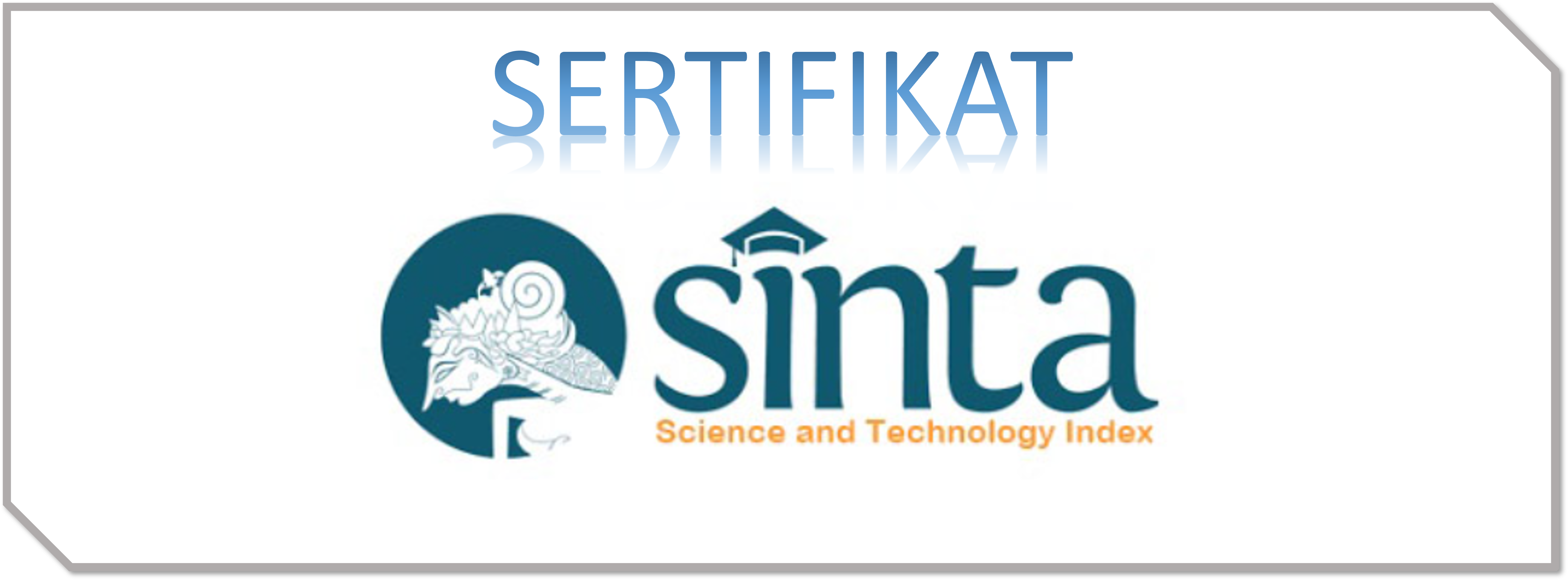ANALISIS PENGARUH PDRB SEKTOR MIGAS DAN TINGKAT PENGANGGURAN TERHADAP KEMISKINAN DI KABUPATEN BOJONEGORO TAHUN 2020–2024
DOI:
https://doi.org/10.51878/cendekia.v5i4.7018Keywords:
PDRB Sektor Migas, Tingkat Pengangguran , KemiskinanAbstract
ABSTRACT
Poverty remains a social and economic issue faced by Bojonegoro Regency, even though the region is known as one of the largest oil and gas producers in East Java. This study aims to analyze the influence of the oil and gas sector Gross Regional Domestic Product (GRDP) and the unemployment rate on poverty in Bojonegoro Regency for the period 2020–2024. This research uses a quantitative descriptive approach with secondary time-series data covering five years. The analytical method applied is multiple linear regression with t-test, F-test, and the coefficient of determination (R²). The results indicate that partially, the oil and gas sector GRDP with a significance value of 0.928 > 0.05 and the unemployment rate with a significance value of 0.327 > 0.05 do not significantly affect poverty. Simultaneously, both variables also show no significant effect with a significance value of 0.206 > 0.05 and F-statistic of 3.862 < F-table of 6.94. Hence, the hypotheses proposed in this study are rejected. These findings imply that poverty in Bojonegoro is influenced by other factors beyond oil and gas GRDP and unemployment, such as education, health, income distribution, and the management of oil and gas revenue sharing funds. Therefore, poverty alleviation efforts require a more comprehensive strategy through economic diversification and inclusive development.
ABSTRAK
Kemiskinan merupakan permasalahan sosial dan ekonomi yang masih dihadapi Kabupaten Bojonegoro meskipun daerah ini dikenal sebagai salah satu lumbung minyak dan gas bumi di Jawa Timur. Penelitian ini bertujuan untuk menganalisis pengaruh Produk Domestik Regional Bruto (PDRB) sektor migas dan tingkat pengangguran terhadap kemiskinan di Kabupaten Bojonegoro tahun 2020–2024. Jenis penelitian yang digunakan adalah kuantitatif dengan pendekatan deskriptif, menggunakan data sekunder berupa time series selama lima tahun. Teknik analisis yang digunakan adalah regresi linier berganda dengan uji t, uji F, dan koefisien determinasi (R²). Hasil penelitian menunjukkan bahwa secara parsial, variabel PDRB sektor migas dengan nilai signifikansi 0,928 > 0,05 dan tingkat pengangguran dengan nilai signifikansi 0,327 > 0,05 tidak berpengaruh signifikan terhadap kemiskinan. Secara simultan kedua variabel juga tidak berpengaruh signifikan dengan nilai signifikansi 0,206 > 0,05 dan F hitung 3,862 < F tabel 6,94. Dengan demikian, hipotesis yang diajukan dalam penelitian ini ditolak. Temuan ini menunjukkan bahwa kemiskinan di Bojonegoro dipengaruhi oleh faktor lain di luar PDRB migas dan tingkat pengangguran, seperti pendidikan, kesehatan, distribusi pendapatan, serta pengelolaan dana bagi hasil migas. Oleh karena itu, upaya pengentasan kemiskinan memerlukan strategi yang lebih komprehensif melalui diversifikasi ekonomi dan pembangunan yang inklusif.
Downloads
References
Adabor, O., Buabeng, E., & Choumbou, R. F. D. (2021). Asymmetrical effect of oil and gas resource rent on economic growth: Empirical evidence from Ghana. Cogent Economics & Finance, 9(1), 1971355. https://doi.org/10.1080/23322039.2021.1971355
Arianto, E., & Cahyono, H. (2024). The effect of Human Development Index and unemployment on poverty in Indonesia 2018–2023. International Journal of Management Finance, 2(4). https://doi.org/10.62017/finance.v2i4.83
Azizah, L. N., Pasaribu, J. R. S., Hutagalung, I., Purba, A. A., & Sinaga, S. A. (2023). Analisis pengaruh PDRB dan pengangguran terhadap kemiskinan di Indonesia tahun 2018–2022. JoSES: Journal of Sharia Economics Scholar, 2(1), 25–32. https://doi.org/10.5281/zenodo.11641452
Badan Pusat Statistik. (2022). Jumlah dan persentase penduduk miskin menurut provinsi, 2020. https://www.bps.go.id/id/statistics-table/3/UkVkWGJVZFNWakl6VWxKVFQwWjVWeTlSZDNabVFUMDkjMw==/number-and-percentage-of-poor-people-by-province.html?year=2022
Dahliah. (2023). The effect of human capital and unemployment on poverty through economic growth: The moderating role of investment. Jurnal Ekonomi Kuantitatif Terapan, 16(1), 45–60. https://doi.org/10.24843/JEKT.2023.v16.i01.p04
Damanik, R. K., & Sidauruk, S. A. (2020). Pengaruh jumlah penduduk dan PDRB terhadap kemiskinan di Provinsi Sumatera Utara. Jurnal Darma Agung, 28(3), 358–366. https://d1wqtxts1xzle7.cloudfront.net/68416960/660-libre.pdf
Fauziah, N., & Suman, A. (2024). Determinants of poverty in Java Island: Perspective of pro-poor growth and human capital. Journal of Development Economic and Social Studies, 3(4). https://doi.org/10.21776/jdess.2024.03.4.03
Fitriana, A. N., & Cahyono, H. (2023). Pengaruh PDRB sektor migas dan tenaga kerja terhadap kemiskinan di Kabupaten Bojonegoro pada tahun 2000–2021. Ekonomi, 3(1), 20–28. https://doi.org/10.26740/independent.v3i1.53314
Global Reporting Initiative (GRI). (2021). GRI 11: Oil and gas sector standard. https://www.globalreporting.org/standards
Hazmi, F. A., Karimi, A., & Muharja, A. (2023). Measuring and determinants of inclusive growth: Evidence from Indonesia. Optimum: Jurnal Ekonomi dan Pembangunan, 12(2), 213–225. https://doi.org/10.12928/optimum.v12i2.5984
International Monetary Fund (IMF). (2018). Natural resources, volatility, and inclusive growth. Washington, DC: International Monetary Fund.
https://doi.org/10.5089/9781616353797.071
Oduyemi, G. O. (2024). Inclusive growth and resource curse in oil-rich countries of Sub-Saharan Africa. Journal of Economics & Allied Research, 9(2), 340–359. https://www.researchgate.net/publication/381958844_Journal_of_Economics_and_Allied_Research_JEAR_Volume_9_Issue_2_JUNE_2024
Puspita, A. D. (2022). Pengaruh tingkat pengangguran dan PDRB terhadap kemiskinan di Provinsi Banten periode tahun 2017–2021. Journal of Management and Social Sciences, 1(4), 194–200. https://doi.org/10.55606/jimas.v1i4.103
Salsabila, F., Sinambela, R. M., Situmorang, R. A., & Silaban, N. N. (2023). The effect of education and unemployment on poverty in Indonesia’s 34 provinces (2018–2023): The mediating role of the HDI. Jurnal Ekonomi Balance, 21(1), 1–12. https://journal.unismuh.ac.id/index.php/jeb/article/view/16393
Sari, E. P., & Novianti. (2024). Pengaruh PDRB terhadap kemiskinan di Kalimantan Barat tahun 2017–2022. Ekodestinasi, 2(1), 36–56.
https://doi.org/10.59996/ekodestinasi.v2i1.409
Tsani, S., Chitou, C., & Overland, I. (2024). Local content policies: Knowledge stock and future directions for research and policy making in view of the sustainability agenda. Environmental Science & Policy, 162, 103919.
https://doi.org/10.1016/j.envsci.2024.103919
Wau, T. (2023). Economic growth, human capital, public investment, and poverty in underdeveloped regions in Indonesia. Jurnal Ekonomi & Studi Pembangunan, 23(2). https://doi.org/10.18196/jesp.v23i2.15307
Zhang, F., Wang, Q., & Li, R. (2024). Linking natural resource abundance and green growth: The role of energy transition. Resources Policy, 91, 104898. https://doi.org/10.1016/j.resourpol.2024.104898


















